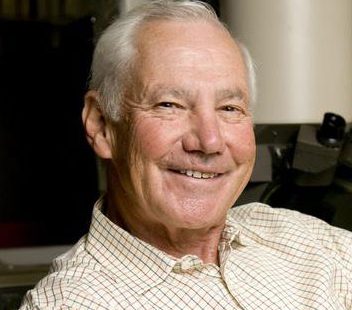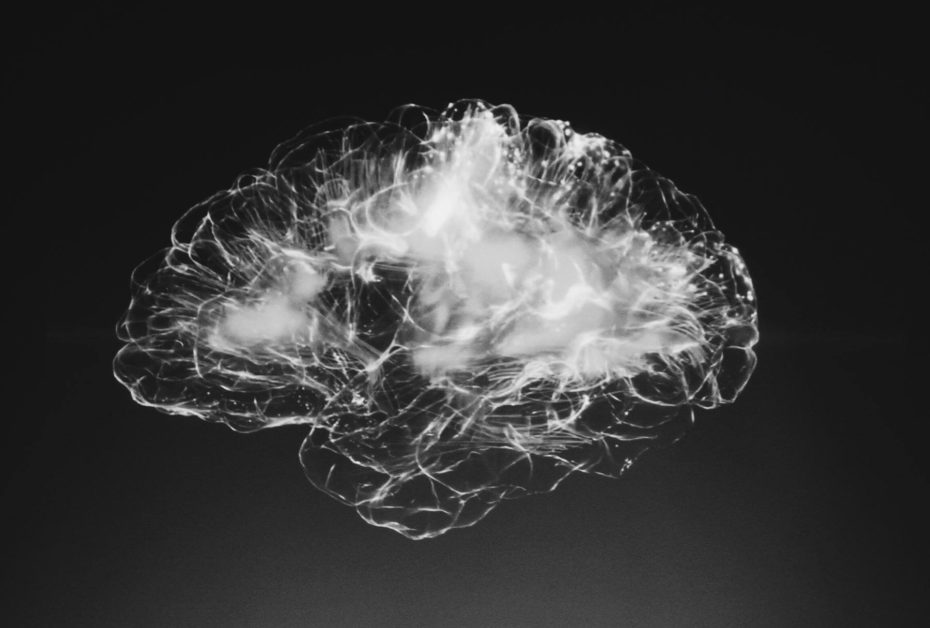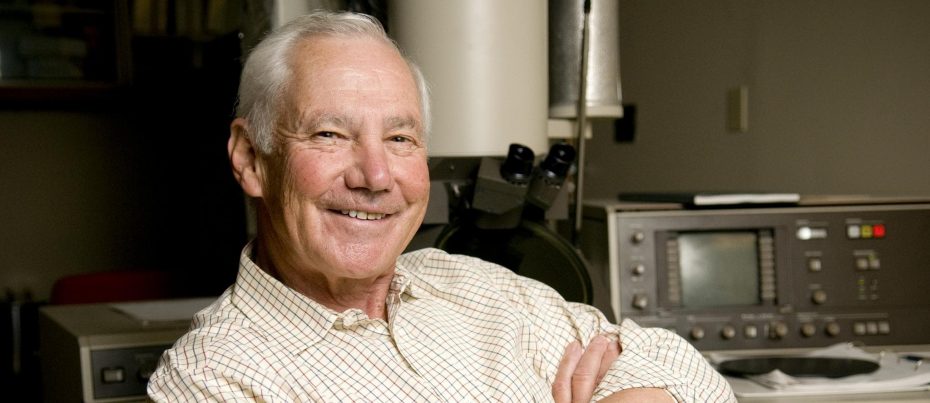While an intern at University Hospitals in Cleveland, OH, Paul C. Zamecnik became interested in research after a woman died at the hospital only a week after she was admitted. “At the autopsy they didn’t find anything — except everywhere they looked, she had too much fat and too little protein…I asked the people in medicine at the University Hospitals, ‘Who is studying protein synthesis?’ And they all shook their heads,” Zamecnik shared in an interview.
And so Zamecnik’s focus on protein research began, leading to a career that spanned over 70 years and transformed the fields of biochemistry and molecular biology. In 1956, Zamecnik identified and characterized the principal components of protein synthesis, known as transfer RNA, which paved the way for decoding the human genome.
A few years later, Zamecnik reasoned that he could develop a method to block the process of protein synthesis selectively, in other words, to deny a virus or cancer within a cell the proteins it must have to survive. In spite of skepticism at the time, Zamecnik’s ‘antisense’ concept evolved into a new class of drugs, antisense therapeutics, that are under active development to target specific diseases.
By Jennifer Santisi







